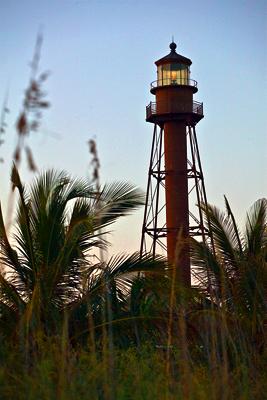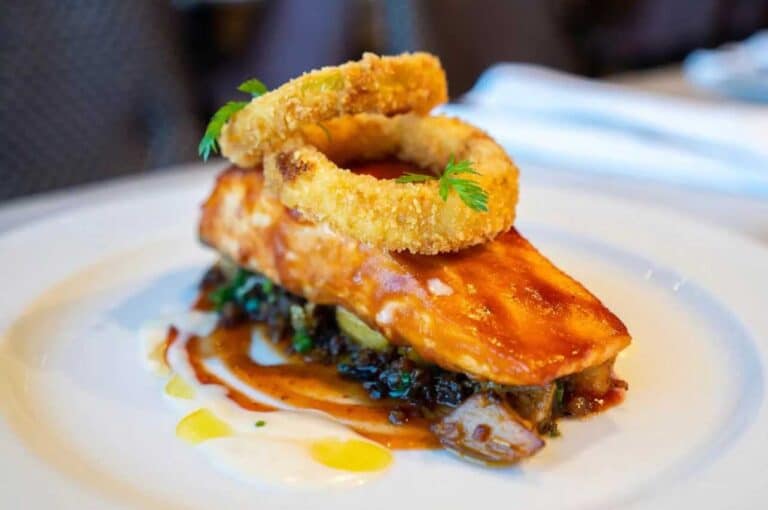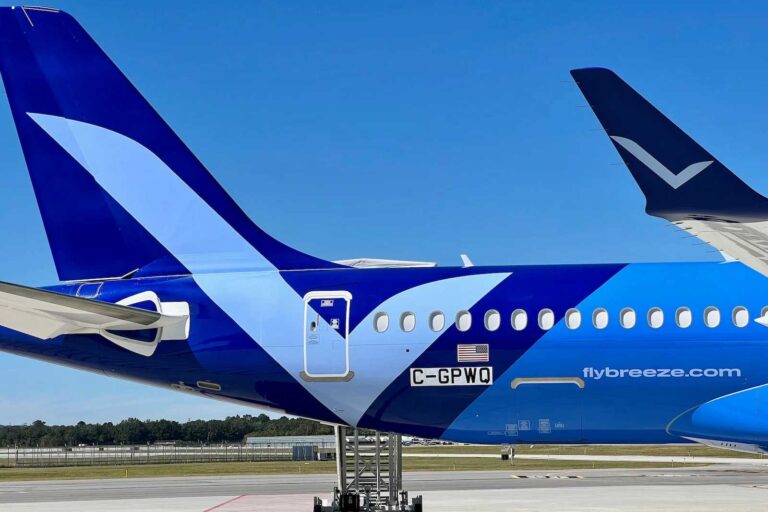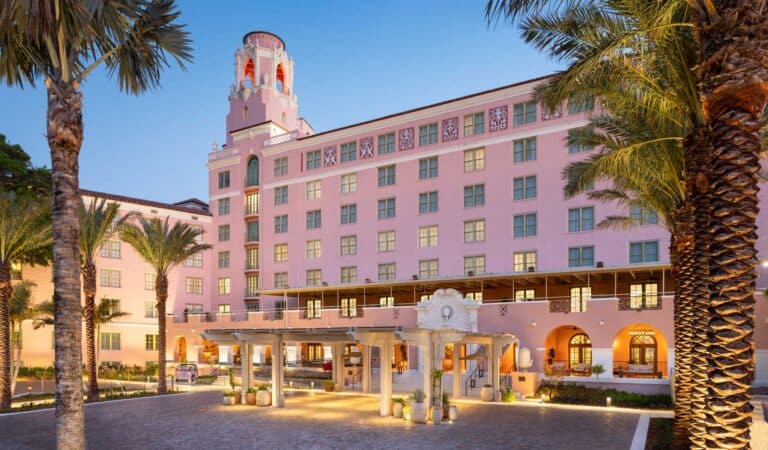
Residents of Sanibel Island know they’re lucky that nature lets them live here. On this 17½-square-mile barrier island near Fort Myers, people (all 5,700 of them) are out- numbered by wildlife, including poodle-size raccoons that hide in tangles of dense brush and blue herons that forage for dinner in the mangrove fringes along Tarpon Bay. It’s this unique environment — Gulf of Mexico beaches and untamed Florida wilderness — coupled with the small-town ambience that lure homeowners like Today Show weatherman Willard Scott. “Sanibel is a sanctuary island,” says banker Robbie Roepstorff, who was so enticed by the abundance of nature he moved here 20 years ago. “Residents are committed to keeping it an environmental community.”
Preservation efforts took root on Sanibel back in the 1940s when political cartoonist Jay Norwood “Ding” Darling led an initiative to protect 6,300 acres as a wildlife refuge that now bears his name. The refuge and property (owned by the Sanibel-Captiva Conservation Foundation) occupy two-thirds of the island. City council also guards its commitment to do right by nature; it has passed ordinances restricting buildings exceeding three stories and in 1996 banned “formula restaurants” specifically to preserve the community’s small-town character and relaxed island pace (a Dairy Queen was grandfathered). There isn’t even a single traffic light.
A chain of palm-dotted island causeways surrounded by turquoise water connects Sanibel to the mainland, and motorists are apt to have a pelican escort onto the island. Construction of a new bridge increased tolls to $6 — a small price for paradise, say residents. Large homes, many favoring Old Florida architecture with tin roofs, clapboard siding and sunny colors, rise from the beachfront, with green wisps of trees behind offering a preview of the island’s natural emphasis. Curtains of thick vegetation hide buildings and shopping centers along Periwinkle Way, the main drag. Small signs and sand driveways often offer the only indication of business, and most side streets dead-end into back bays or the Gulf of Mexico.
Just An Ordinary Day
Sanibel is a homespun kind of place, where businesses light Periwinkle Way with luminaries at Christmas and children decorate bikes for the annual Fourth of July parade. “It’s everything that’s missing in so many communities today,” says Roepstorff, an avid angler and active volunteer. At Bailey’s General Store, where a timeworn tile inlay in the floor thanks customers for their patronage, rods, reels and Dickies work pants are stacked on shelves across from rows of bakery cases displaying from-scratch cakes, cookies and pastries. “Everyone goes to Bailey’s each morning for the free coffee, a fresh donut and to catch up on all the gossip,” says Jane Reader Weaver, a real-estate agent with Royal Shell Preferred Properties. “It’s a great place to see friends and find out who did what.”
Locals since the late 1800s, the Bailey family treats islanders to minor-league baseball each summer, buying all 7,500 seats at Fort Myers’ Hammond Stadium for Island Night. “Off-season is almost as busy as season,” says Weaver. “There’s lunch with friends, golf tournaments and cocktail parties.”
More popular hangouts include the pastel-painted Sunset Grill and the tiny serve-yourself Lazy Flamingo. But the foodie favorite is the Mad hatter, where a sign announces the nightly sunset right down to the minute. All of these eateries are close to the Sanctuary, Sanibel’s only gated community and home to one of the island’s three golf courses. Mad Hatter owners Kurt and Michelle Jarvis fell for Sanibel while vacationing here. “We’re from small towns in upstate New York, and Sanibel has the same community feeling,” says Michelle. As a result, volunteerism has become a good habit with residents.
Where Nature Lovers Flock
P.J. Deitschel arrived at Sanibel’s Center for the Rehabilitation of Wildlife 13 years ago. She’s now one of two wildlife-trained vets who tends to 350 patients each week. The facility opened its new educational building and student housing in January and this month will move into a two-story clinic. The project reflects Sanibel’s community/conservation spirit: A fundraiser well exceeded its $3.6 million goal.
The wealthy have gravitated to Sanibel for decades, but it’s now attracting more families and middle-aged professionals, Weaver notes. There’s also elbow room these days: Census estimates predict 600 fewer residents than in 2000. Prices, says Weaver, have held steady. Only five homes were recently listed in the $300,000s. The average price is $500,000; multimillion is common; and vacant lots are harder to come by. The east end, home to the lighthouse and a public beach, places single-family homes and condos within walking distance of the Gulf and San Carlos Bay. Inland homes and the least expensive are found mid-island, near the commercial hub. The west end, away from tourist activity, offers the highest-priced homes. Houses overlooking bayous and those with direct bay or Gulf access have the biggest price tags. “There are only a certain number of homes that can be built here,” says Weaver. “Once we’ve reached it, we’re done.” fortmyers-sanibel.com





